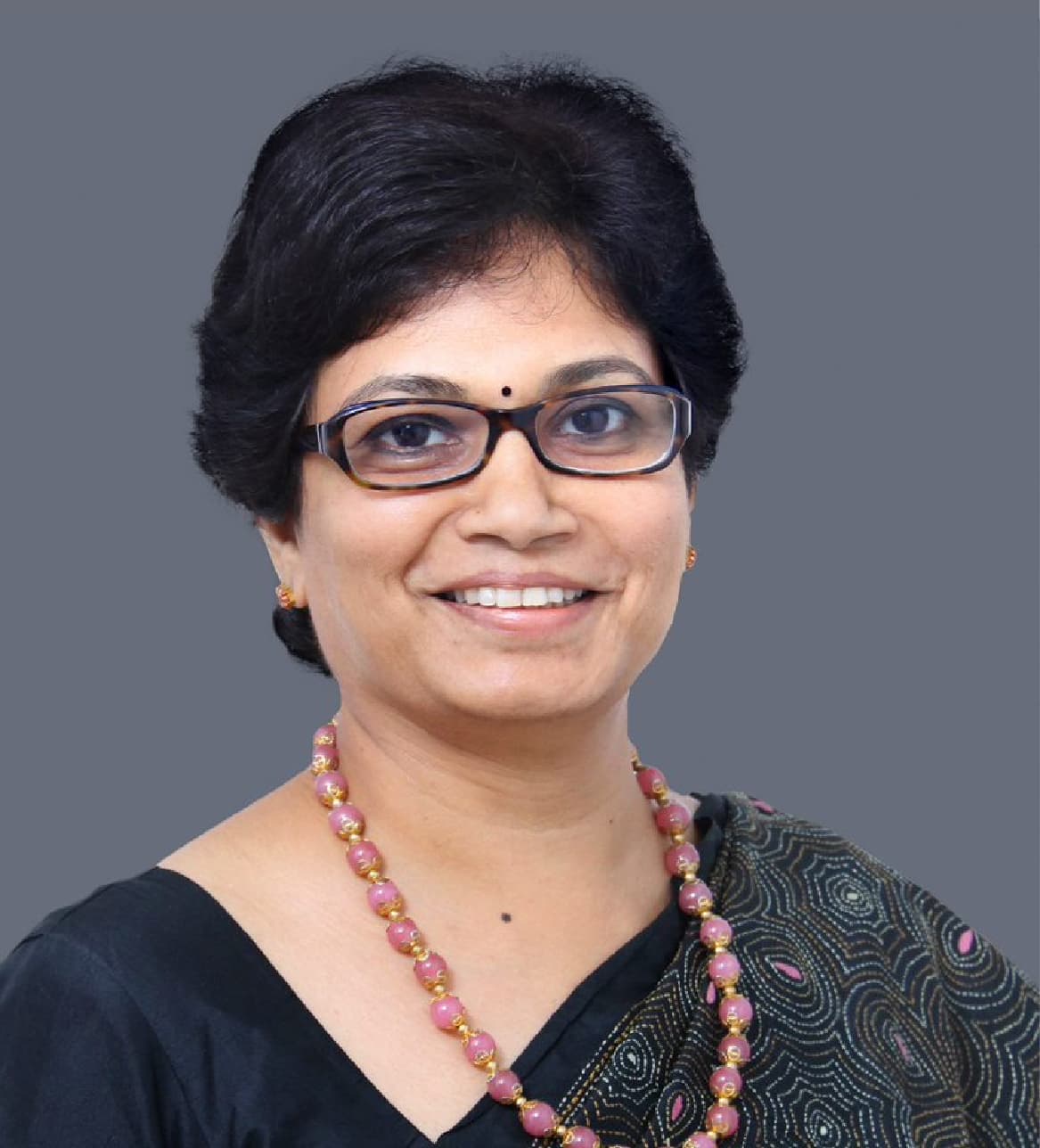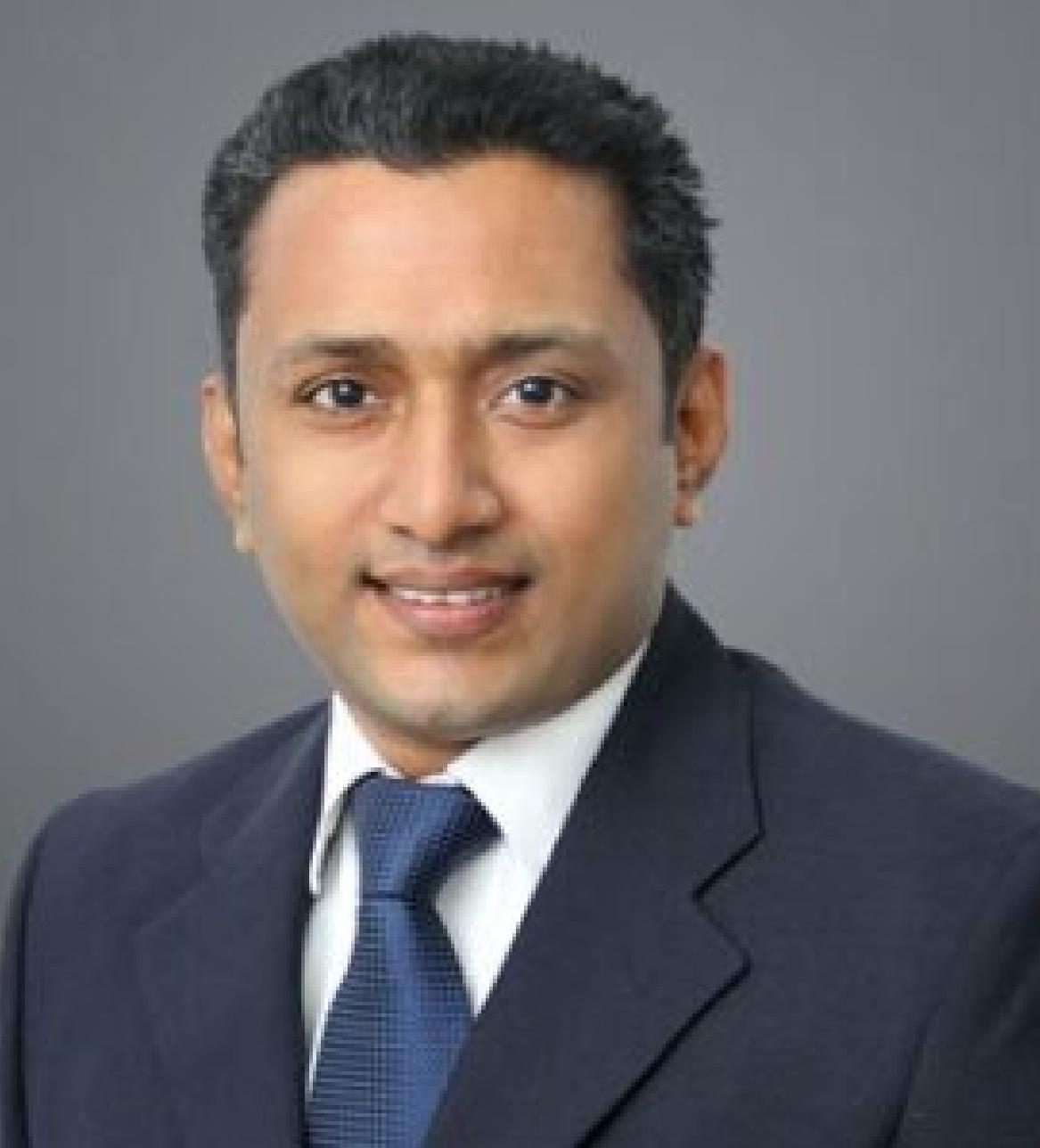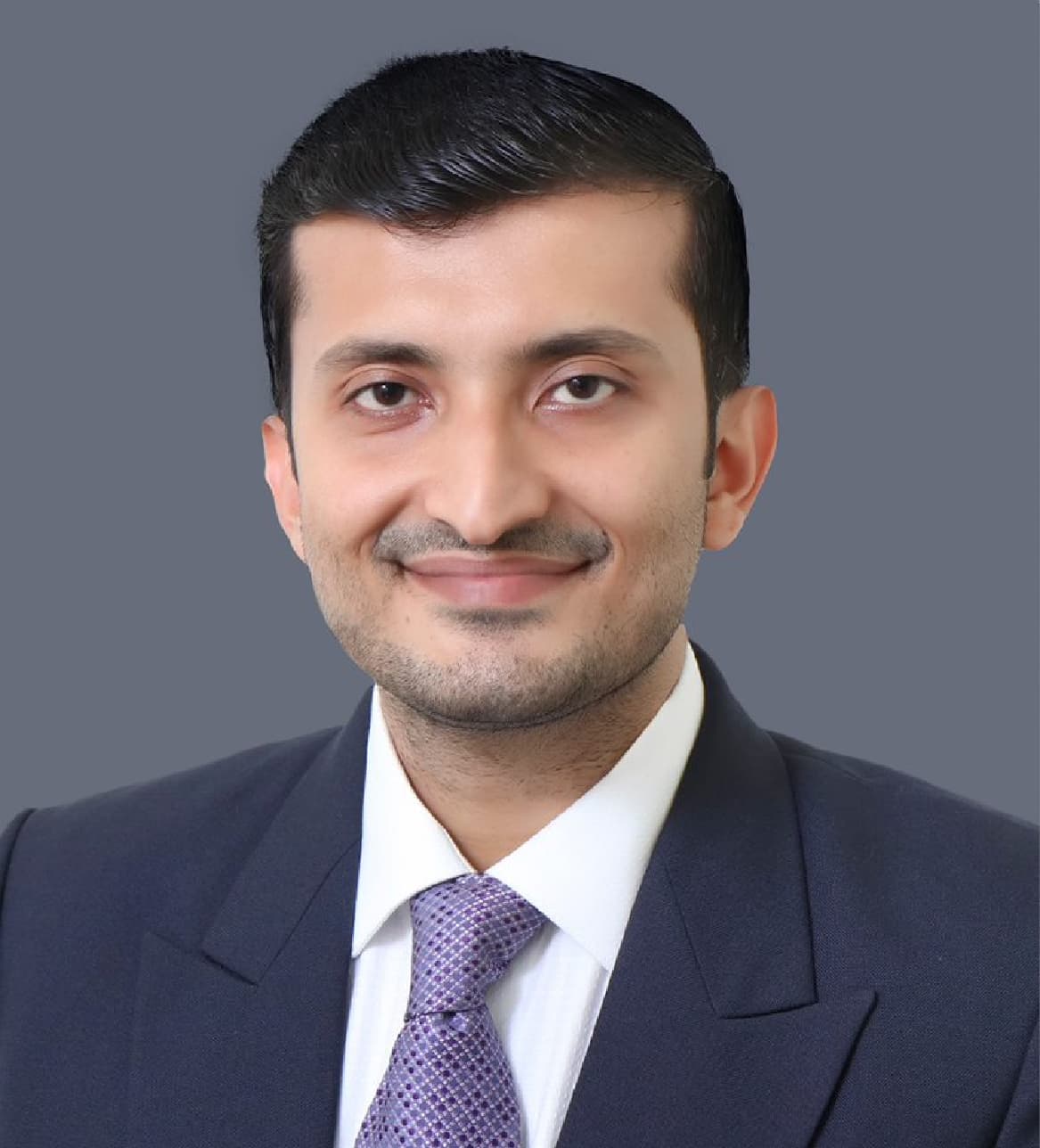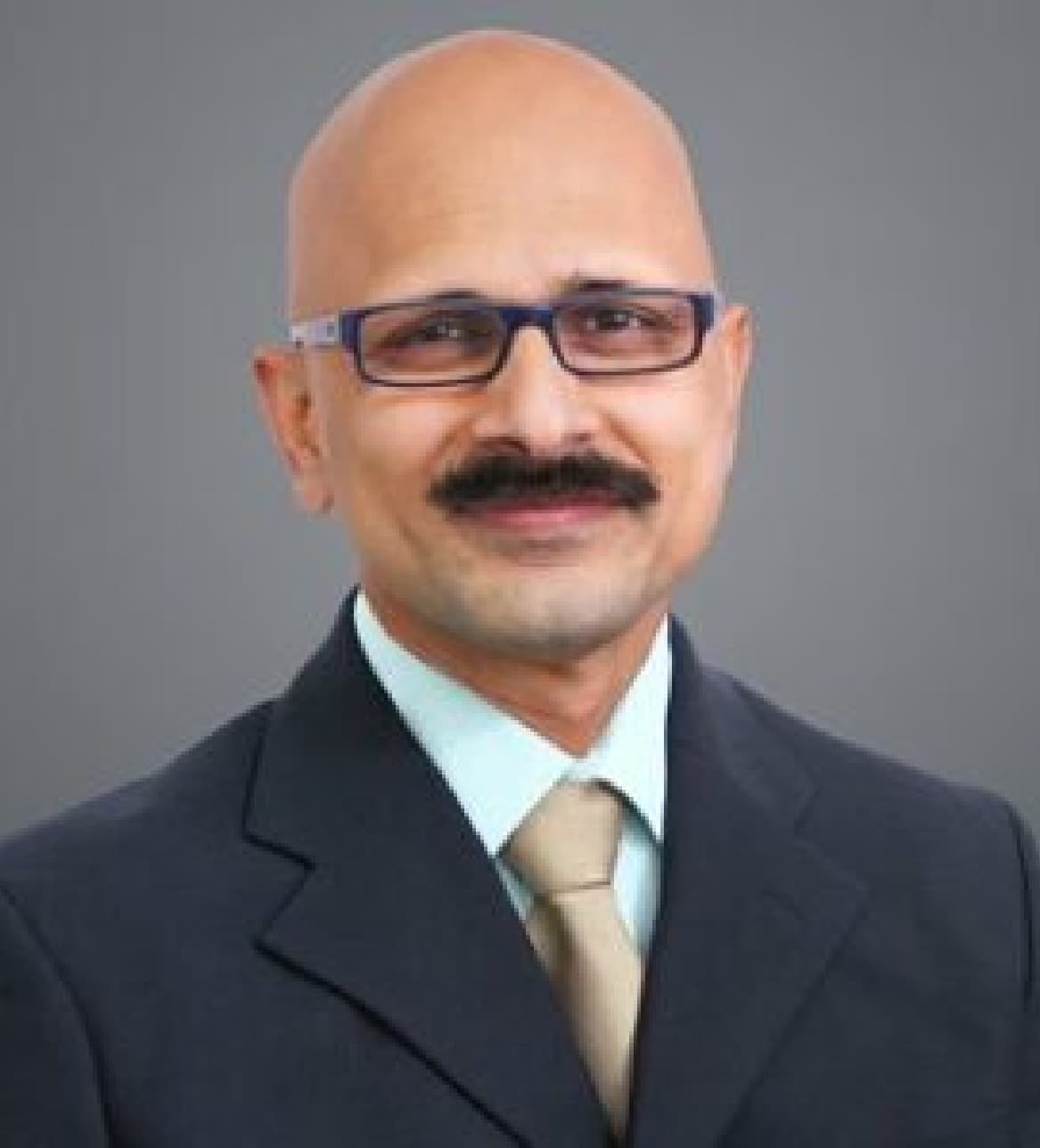Overview
The specialty of craniofacial surgery involves the treatment of skull and facial deformities arising at the time of birth. The Department of Craniomaxillofacial Surgery at Amrita Institute of Medical Sciences with its state of art facilities and outstanding team of doctors offers the highest quality of care. The philosophy of care for the child with a craniofacial condition is to provide a comprehensive multidisciplinary service that addresses both the equally important functional, aesthetic and psychological aspects of the conditions seen by the group. The multidisciplinary approach includes a Craniofacial Surgeon, Paediatric Neurosurgeon, Neuro-Anesthetist, Paediatrician, Ophthalmologists, Plastic Surgeons, Audiologists and Dentists.
Facilities Available
- Naso-alveolar Molding (NAM)
- The Lip Repair (Cheiloplasty)
- The Palate Repair (Palatoplasty)
- Surgery for the Gum (Secondary alveolar bone grafting)
- Surgery for Speech (Pharyngoplasty)
- Surgery for Hearing
- Orthodontic Treatment
- Jaw Surgery (Osteotomy/ Distraction Osteogenesis)
- The Nose Repair (Cleft Rhinoplasty)
Services Offered
1. Cleft Lip and Cleft Palate
Being a Smile Train accredited centre, cleft lip, palate and several cleft related surgeries are provided for free. Treatment for children with cleft lip and palate should report at the earliest so that naso-alveolar molding (to correct the shape of the nose) can be done. Cleft lip repair / surgery is usually carried out at the age of 4 months, whereas cleft palate is done at the age of 1 year (before the child develops his or her speech).
Cleft Lip and Palate Services
The cleft unit at Amrita Institute of Medical Sciences, Kochi is the first and the only unit in Kerala that provides comprehensive management for children with cleft lip and palate. The team consists of a craniomaxillofacial surgeon, plastic surgeon, ENT specialist, orthodontist and a speech therapist. We are associated with international organizations such as The Smile Train Project, which provides free surgeries for children with cleft lip and palate.
The spectrum of cleft lip and palate ranges from a minor lip deformity or a cleft of the soft palate only, to a major cleft affecting the lip, nose, palate and the midface.
2. Craniosynostosis
Craniosynostosis is the early fusion of the cranial suture / sutures leading to distorted shape of the head. Surgical correction of craniosynostosis involves remodeling / reshaping of the skull and not the brain. The ideal time for correction of craniosynostosis is before one year of age. As age increases the deformity increases.
- Plagiocephaly (Unicoronal Synostosis): It is the commonest craniofacial condition caused due to premature / early fusion of the coronal suture on one side (one half of the coronal suture) characterized by an asymmetrical distortion of the skull on the affected side (flattening of the forehead on the affected side and increased forehead bulge on the opposite side.
- Brachycephaly (Coronal Suture Synostosis): Caused due to the premature fusion of the entire coronal suture. Children with brachycephaly often have an increased height of the forehead and flat forehead.
- Trigonocephaly (Metopic Suture Synostosis): Head appears to be triangular in shape.
- Scaphocepahly (Sagittal Suture Synostosis): Bullet shaped head, often presents with an increased head length.
- Multi-sutural Synostosis: There is fusion of more than cranial suture, which leads to a complete deformation of the head.
3. Facial Cleft
Facial cleft is an opening or gap in the face, or a malformation of a part of the face. All structures like bone, soft tissue, skin etc. can be affected. Facial clefts are extremely rare congenital anomalies.
4. Hypertelorism
Hypertelorism is an abnormally increased distance between the orbits (eyes). Usually associated with facial cleft.
5. Craniofacial Dysostosis
- Aperts syndrome
- Crouzons syndrome
- Saethre-Chotzen syndrome
- Pfeiffers syndrome
The issues associated with these conditions are increased intracranial pressure, compromised airway, visual disturbances (vision), sleep apnea, altered head shape. To correct the increased intra cranial pressure and to improvise the vision, posterior cranial vault is considered as an initial step. Once the intracranial pressure is relieved, the midface advancement and cranioplasty is done to improve the airway (breathing ability) and appearance (correction of head shape).
6.Transfacial Pin Midface Distraction
ROSA Robotic Surgical Assistant is used to better precision in carrying out the surgical procedure.
- Cranio-fronto-nasal dysplasia
- Encephalocele
- Hemifacial microsomia.
- Treacher-Collins
- Goldenhar/hemifacial microsomia.
Contact Us
Phone: 0484 – 2851401, 0484 6681401
Email: [email protected]
Overview
The specialty of craniofacial surgery involves the treatment of skull and facial deformities arising at the time of birth. The Department of Craniomaxillofacial Surgery at Amrita Institute of Medical Sciences with its state of art facilities and outstanding team of doctors offers the highest quality of care. The philosophy of care for the child with a craniofacial condition is to provide a comprehensive multidisciplinary service that addresses both the equally important functional, aesthetic and psychological aspects of the conditions seen by the group. The multidisciplinary approach includes a Craniofacial Surgeon, Paediatric Neurosurgeon, Neuro-Anesthetist, Paediatrician, Ophthalmologists, Plastic Surgeons, Audiologists and Dentists.
Facilities Available
- Naso-alveolar Molding (NAM)
- The Lip Repair (Cheiloplasty)
- The Palate Repair (Palatoplasty)
- Surgery for the Gum (Secondary alveolar bone grafting)
- Surgery for Speech (Pharyngoplasty)
- Surgery for Hearing
- Orthodontic Treatment
- Jaw Surgery (Osteotomy/ Distraction Osteogenesis)
- The Nose Repair (Cleft Rhinoplasty)
Services Offered
1. Cleft Lip and Cleft Palate
Being a Smile Train accredited centre, cleft lip, palate and several cleft related surgeries are provided for free. Treatment for children with cleft lip and palate should report at the earliest so that naso-alveolar molding (to correct the shape of the nose) can be done. Cleft lip repair / surgery is usually carried out at the age of 4 months, whereas cleft palate is done at the age of 1 year (before the child develops his or her speech).
Cleft Lip and Palate Services
The cleft unit at Amrita Institute of Medical Sciences, Kochi is the first and the only unit in Kerala that provides comprehensive management for children with cleft lip and palate. The team consists of a craniomaxillofacial surgeon, plastic surgeon, ENT specialist, orthodontist and a speech therapist. We are associated with international organizations such as The Smile Train Project, which provides free surgeries for children with cleft lip and palate.
The spectrum of cleft lip and palate ranges from a minor lip deformity or a cleft of the soft palate only, to a major cleft affecting the lip, nose, palate and the midface.
2. Craniosynostosis
Craniosynostosis is the early fusion of the cranial suture / sutures leading to distorted shape of the head. Surgical correction of craniosynostosis involves remodeling / reshaping of the skull and not the brain. The ideal time for correction of craniosynostosis is before one year of age. As age increases the deformity increases.
- Plagiocephaly (Unicoronal Synostosis): It is the commonest craniofacial condition caused due to premature / early fusion of the coronal suture on one side (one half of the coronal suture) characterized by an asymmetrical distortion of the skull on the affected side (flattening of the forehead on the affected side and increased forehead bulge on the opposite side.
- Brachycephaly (Coronal Suture Synostosis): Caused due to the premature fusion of the entire coronal suture. Children with brachycephaly often have an increased height of the forehead and flat forehead.
- Trigonocephaly (Metopic Suture Synostosis): Head appears to be triangular in shape.
- Scaphocepahly (Sagittal Suture Synostosis): Bullet shaped head, often presents with an increased head length.
- Multi-sutural Synostosis: There is fusion of more than cranial suture, which leads to a complete deformation of the head.
3. Facial Cleft
Facial cleft is an opening or gap in the face, or a malformation of a part of the face. All structures like bone, soft tissue, skin etc. can be affected. Facial clefts are extremely rare congenital anomalies.
4. Hypertelorism
Hypertelorism is an abnormally increased distance between the orbits (eyes). Usually associated with facial cleft.
5. Craniofacial Dysostosis
- Aperts syndrome
- Crouzons syndrome
- Saethre-Chotzen syndrome
- Pfeiffers syndrome
The issues associated with these conditions are increased intracranial pressure, compromised airway, visual disturbances (vision), sleep apnea, altered head shape. To correct the increased intra cranial pressure and to improvise the vision, posterior cranial vault is considered as an initial step. Once the intracranial pressure is relieved, the midface advancement and cranioplasty is done to improve the airway (breathing ability) and appearance (correction of head shape).
6.Transfacial Pin Midface Distraction
ROSA Robotic Surgical Assistant is used to better precision in carrying out the surgical procedure.
- Cranio-fronto-nasal dysplasia
- Encephalocele
- Hemifacial microsomia.
- Treacher-Collins
- Goldenhar/hemifacial microsomia.
Contact Us
Phone: 0484 – 2851401, 0484 6681401
Email: [email protected]



